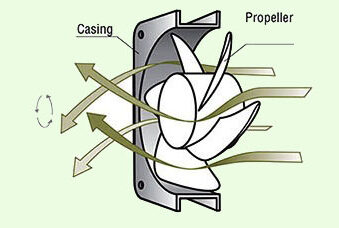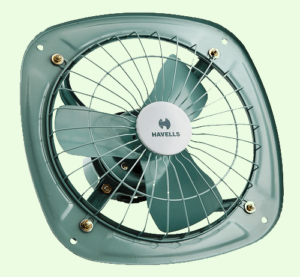When the motor is turned on, the fan blades begin to rotate. By this action of rotation, the heated air of a room comes to touch the fan and flows out. At the same time, fresh and cool air rushes in to replace the air from the outside. This continuous movement reduces the temperature and humidity of the air. As a result, the room cools.<\/p>"}},{"@type":"Question","name":"What are the disadvantages of exhaust fans?","acceptedAnswer":{"@type":"Answer","text":"
- Professional services may be required for the installation of exhaust fans, which can be expensive.<\/li>
- exhaust fans require routine maintenance, which might require the replacement and cleaning of the air filter. The procedure can be both time-consuming and expensive.<\/li><\/ul>"}},{"@type":"Question","name":"Does exhaust fan affect AC?","acceptedAnswer":{"@type":"Answer","text":"
Yes, the exhaust fan will definitely affect the AC. The exhaust fan allows cold air to escape from the room and warm air to come in. Even if the fan is off, cold air can go out through its outlet. As a result, the Air Conditioner will not work properly.<\/p>
Therefore, the exhaust fan should not be kept in the air-conditioned room.<\/p>
However, if the exhaust fan and the air conditioner are in the same room, the exhaust fan outlate\u00a0must be covered.\u00a0<\/p>"}}]}



